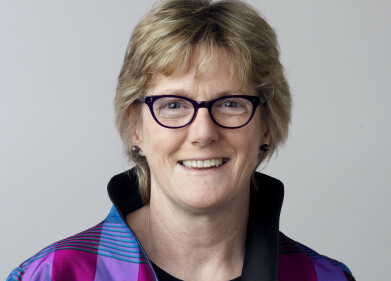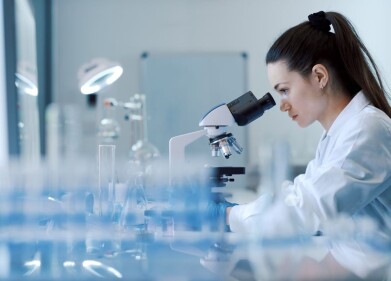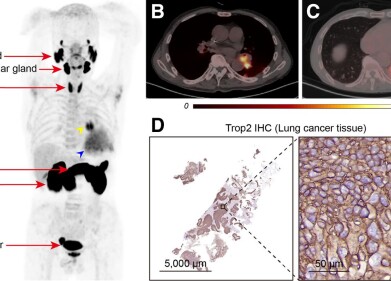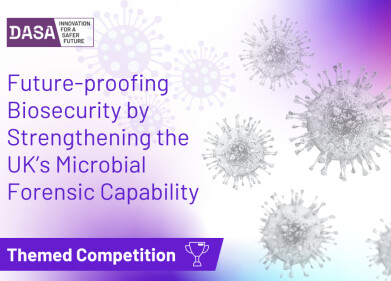News & views
Computational Tool maps Antibiotic Resistance Bacteria Transfer
May 06 2022
Ground-breaking software, developed by scientists from the University of Nottingham, combines DNA sequencing and machine learning to help them find where, and to what extent, antibiotic resistant bacteria is being transmitted between humans, animals and the environment.
A study(1) led by Dr Tania Dottorini from the School of Veterinary Medicine and Science at the University and the Future Food Beacon leadership team, was based around a large scale commercial poultry farm in China, an example of an intense farming environment that offers potential as a breeding ground for antimicrobial-resistant bacteria and antimicrobial resistant genes.
From 154 samples taken from animals, carcasses, workers and their households and environments, the scientists were able to isolate the bacteria Escherichia coli (E. coli), which can live quite harmlessly in a person’s gut, but can also be pathogenic and carry resistance genes against certain drugs, possibly resulting in stomach cramps, diarrhoea and vomiting.
The new computational approach was then used to characterise the different types of pathogens found in the farm; they discovered that antimicrobial genes (genes conferring resistance to the antibiotics) were present in both pathogenic and non-pathogenic bacteria shared across animals, farm workers and the environment around them. Notably, this network included genes known to cause antibiotic resistance as well as yet unknown genes associated to antibiotic resistance.
Dr Dottorini said: “We cannot say at this stage where the bacteria originated from, we can only say we found it and it has been shared between animals and humans. As we already know there has been sharing, this is worrying, because people can acquire resistances to drugs from two different ways - from direct contact with an animal, or indirectly by eating contaminated meat. This could be a particular problem in poultry farming, as it is the most widely used meat in the world.
“The computational tools that we have developed will enable us to analyse large complex data from different sources, at the same time as identifying where hotspots for certain bacteria may be. They are fast, they are precise and they can be applied on large environments – for instance – multiple farms at the same time.
“There are many antimicrobial resistant genes we already know about, but how do we go beyond these and unravel new targets to design new drugs?
The research was carried out in collaboration with Professor Junshi Chen, Professor Fengqin Li and Professor Zixin Peng from China National Center for Food Safety Risk Assessment (CFSA). The research was supported by Professor David Salt, Director of the Future Food Beacon at the University of Nottingham.
Published in PLOS Computational Biology
More information online
Digital Edition
Lab Asia 31.6 Dec 2024
December 2024
Chromatography Articles - Sustainable chromatography: Embracing software for greener methods Mass Spectrometry & Spectroscopy Articles - Solving industry challenges for phosphorus containi...
View all digital editions
Events
Jan 22 2025 Tokyo, Japan
Jan 22 2025 Birmingham, UK
Jan 25 2025 San Diego, CA, USA
Jan 27 2025 Dubai, UAE
Jan 29 2025 Tokyo, Japan



















